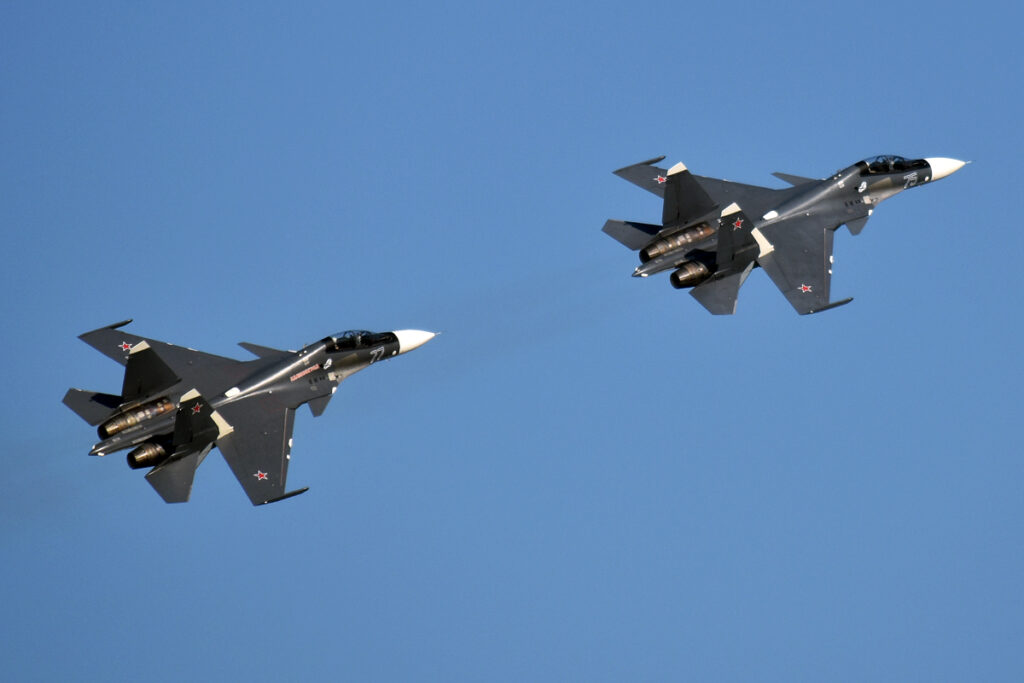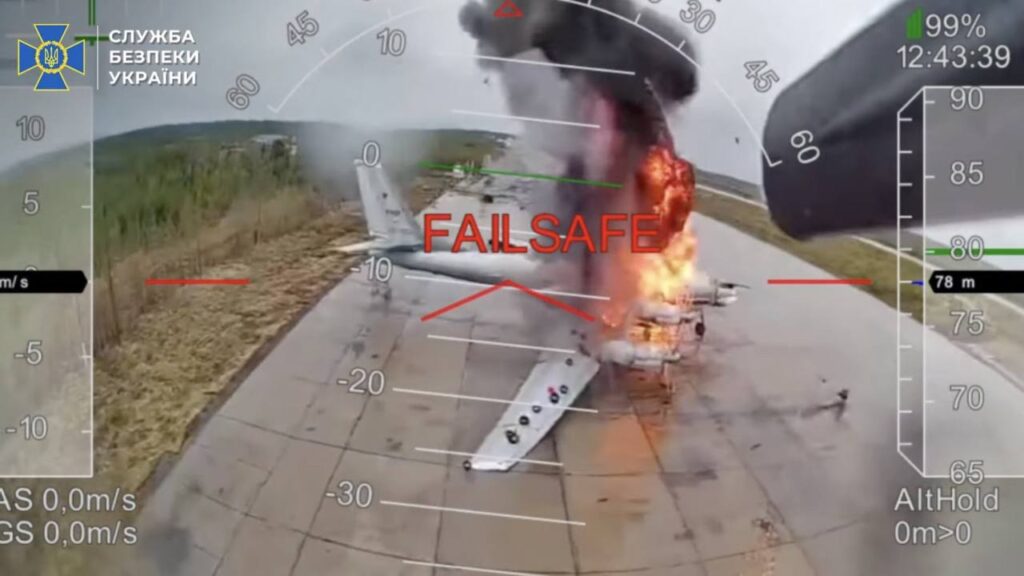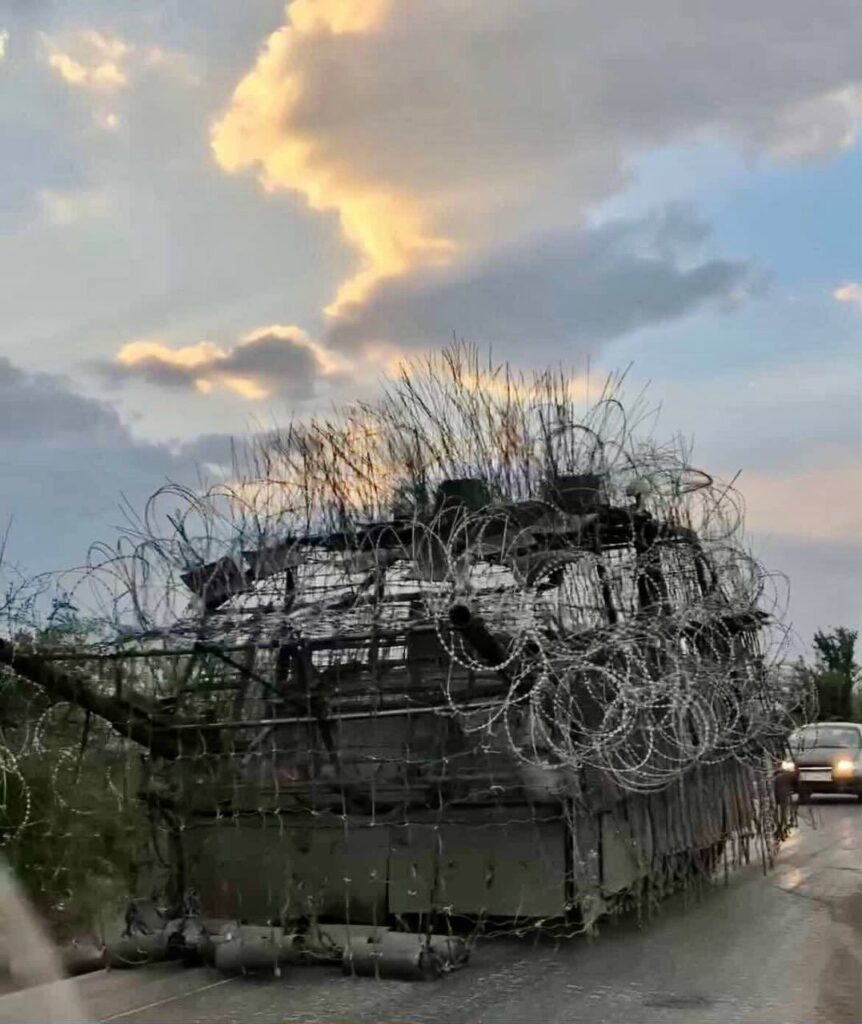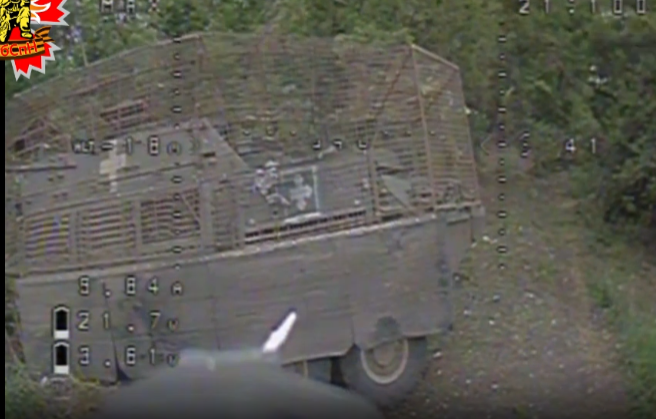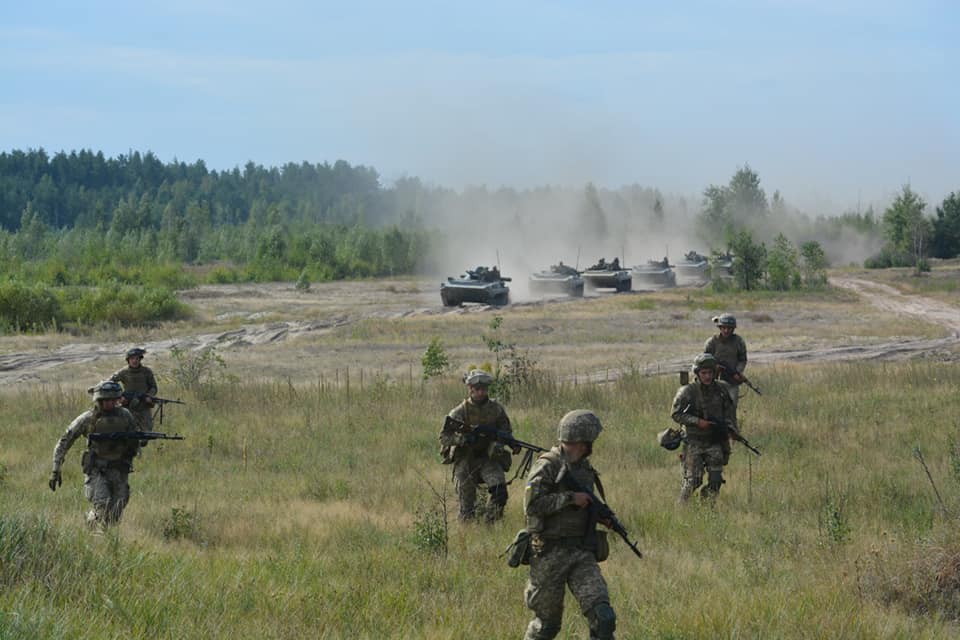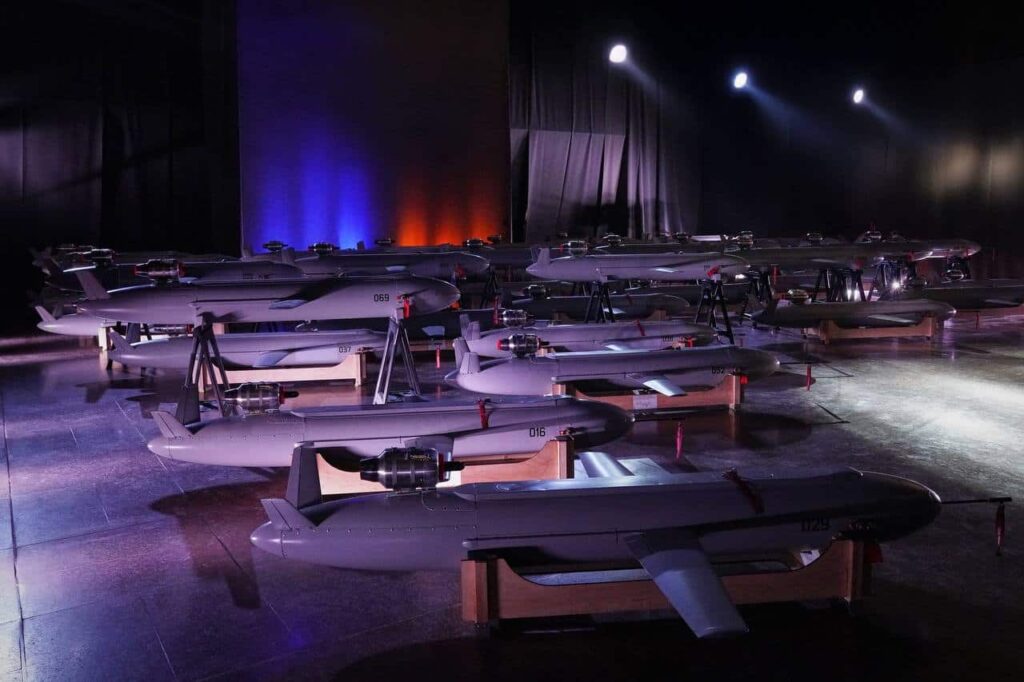Ukraine’s Fire Point builds 100 attack drones every day, all day—aimed at Russia
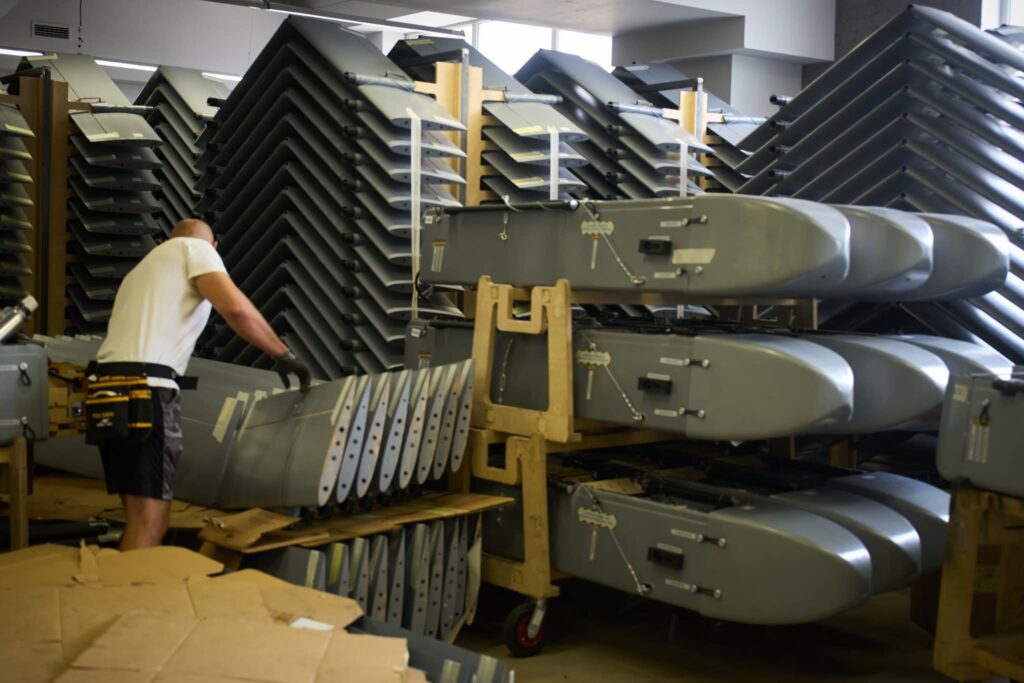
Ukrainian firm Fire Point is building 100 FP-1 attack drones every day. That’s … a lot of drones.
Building thousands of FP-1s and other long-range attack drones a month, Ukraine is coming close to matching Russia’s own production of Shahed attack drones.
Meanwhile, Fire Point is also building new Flamingo cruise missiles (also known as FP-5s), adding reach and punch to Ukraine’s escalating campaign of deep strikes targeting air bases, factories, oil refineries and other strategic facilities inside Russia.
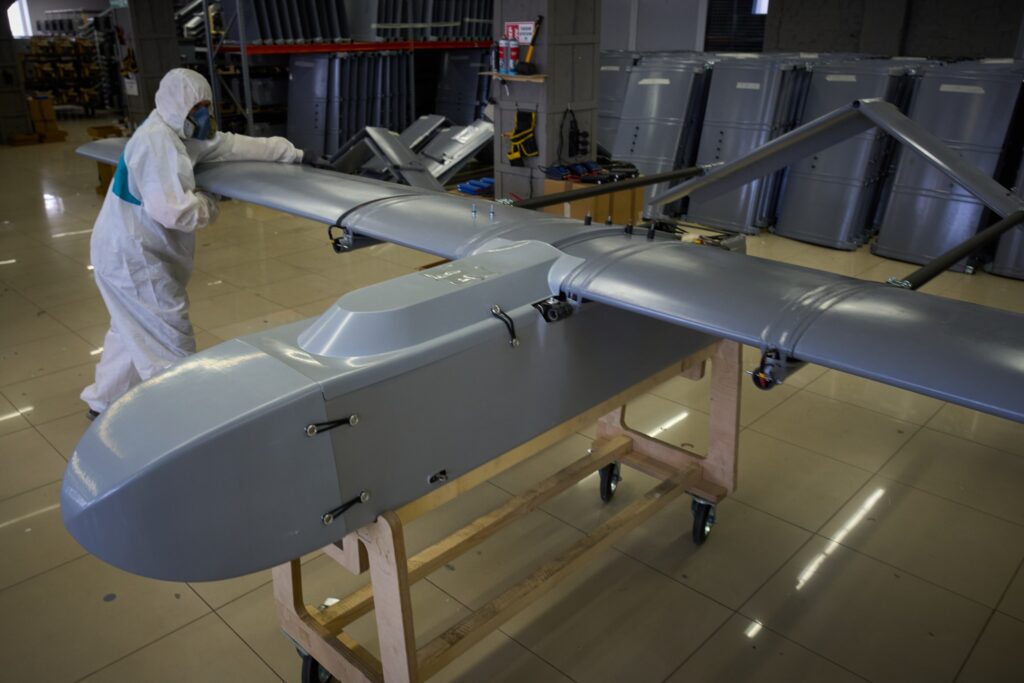
“Ukraine is increasingly taking the war to Russia now,” American-Ukrainian war correspondent David Kirichenko wrote in a new essay for The Atlantic Council.
The FP-1 production ramp-up, first reported by the Associated Press, is just part of Ukraine’s deep strike build-up. With German financing, Ukrainian industry is also churning out An-196 attack drones, pilotless sport planes modified to drop bombs and Bars “cruise missile drones,” among many other strike munitions.
More drones than expected
Back in December, Ukrainian Pres. Volodymyr Zelenskyy announced Ukraine would acquire 30,000 one-way attack drones in 2025. But the accelerating ramp-up means Ukraine will almost certainly exceed that target—by a lot. FP-1 production alone could exceed 36,000 units this year.
Russia’s sprawling drone factory in Yelabuga, 1,200 km from Ukraine, assembles around 5,000 Shahed attack drones every month. The 200-kg drones, each ranging thousands of kilometers under satellite navigation, have become Russia’s most important strike munitions as Ukrainian raids have destroyed much of the Russian air force bomber fleet with its air-launched cruise missiles.
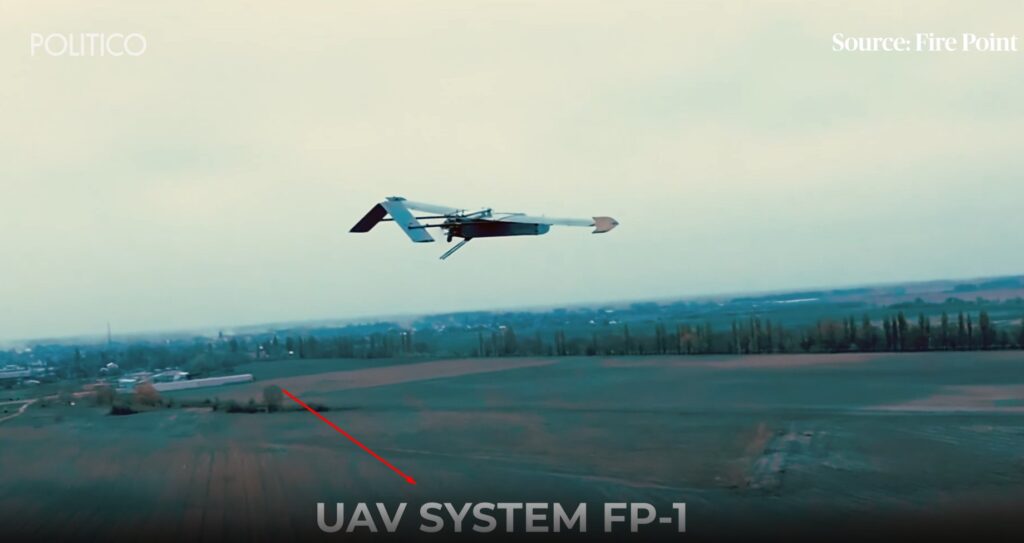
The Shaheds are priced to move at as little as $50,000 per copy, compared to millions of dollars for just one of Russia’s best Kh-101 cruise missiles. The low price translates into bigger deliveries and denser swarms of Shaheds clouding the skies over Ukrainian cities.
There are so many Shaheds over Ukraine on a nearly daily basis that Ukrainian air defense crews struggle to intercept them in ways that don’t deplete Ukraine’s munitions stocks and shatter its finances. “The Kremlin is willing to lose many Shaheds—about 75% of attacks fail—because mass waves are designed to exhaust air-defense systems,” noted “Alchemist,” the head of the Night Watch electronic warfare team in Kyiv.
Support our media in wartime your help fuels every story
Now Ukraine can vex Russia with the same problem. As drone deliveries rise and efficiencies increase, the cost goes down. An FP-1 now costs just $55,000. It’s possible the An-196 and other Ukrainian deep-strike munitions are also dropping in price. The result should be a beneficial cycle of increasing orders that further reduce costs as efficiencies accumulate.
The bottom line: Ukraine is already pummeling Russia with thousands of drones a month and inflicting more damage, more widely. “Based on my observations and the data we have collected with the team over the past two months, there has been a noticeable increase in the effectiveness of hits,” reported “Tatarigami,” the head of the Frontelligence Insight analysis group in Ukraine.
Worse is coming for Russia: more Ukrainian drones and, soon, many more of the new Flamingo missiles. Where an FP-1 might motor 1,000 km with a 50-kg warhead, a Flamingo jets a whopping 3,000 km with a 1,000-kg warhead. Fire Point told the Associate Press it aims to ramp up to building seven of the giant missiles every day no later than October.


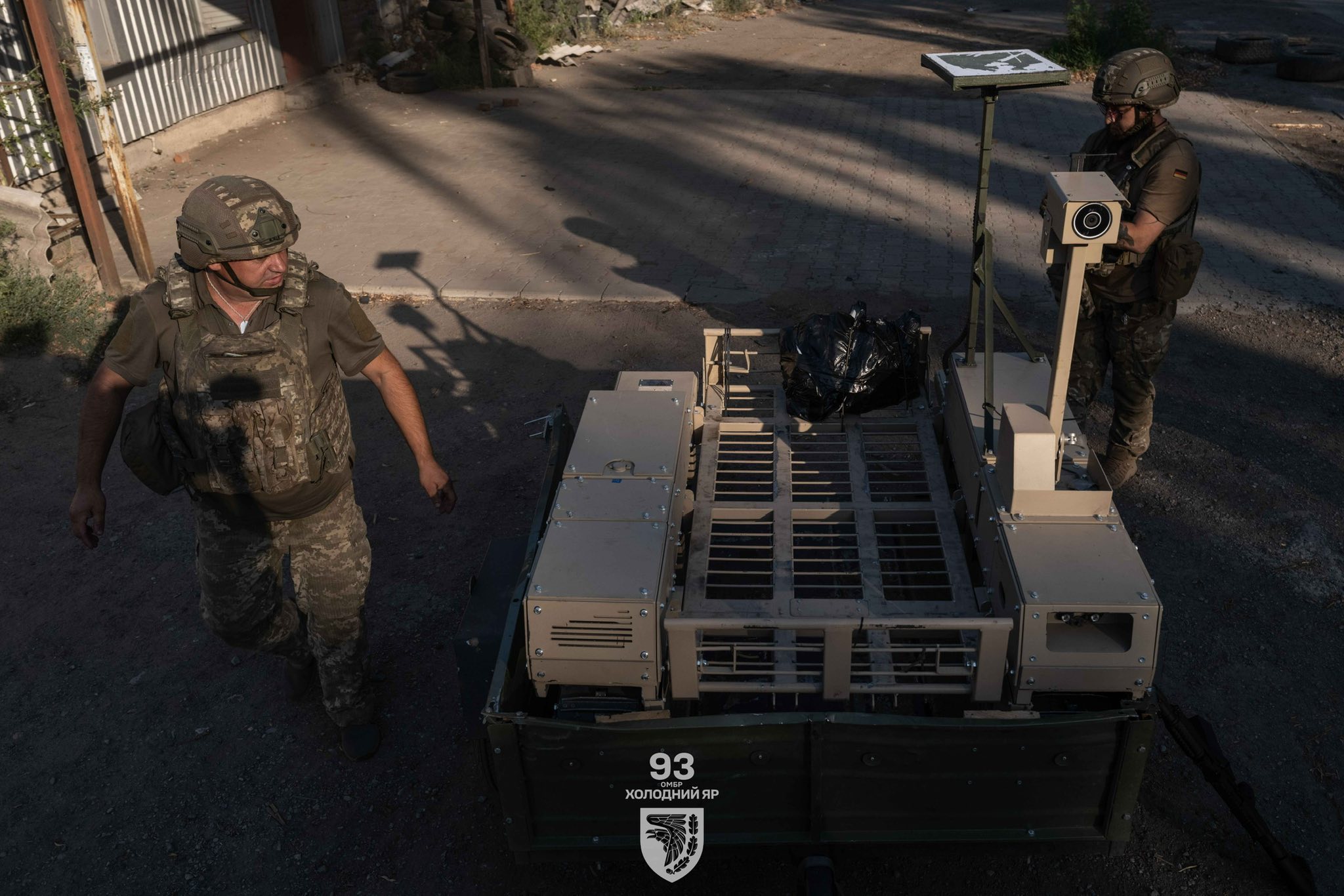
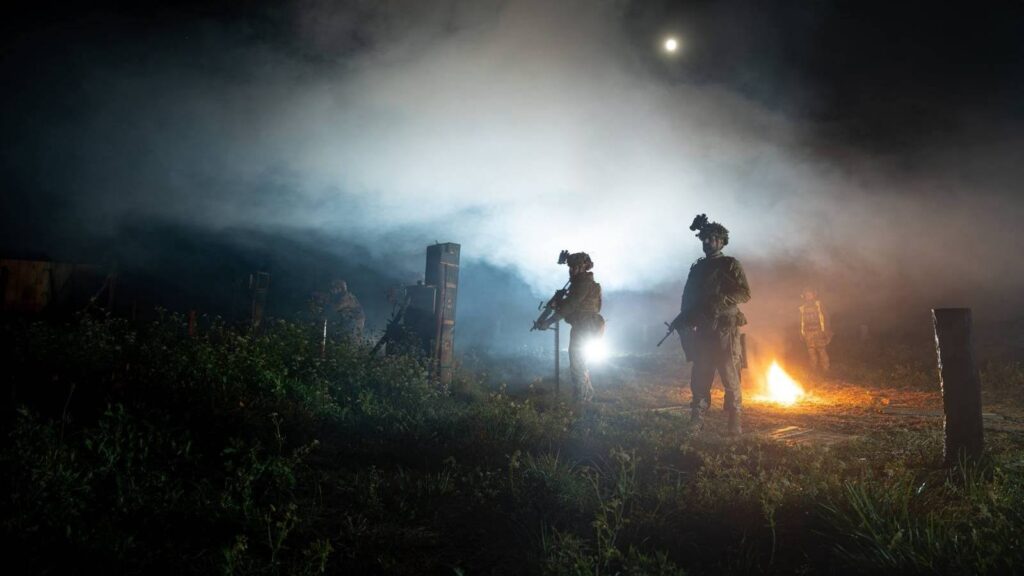
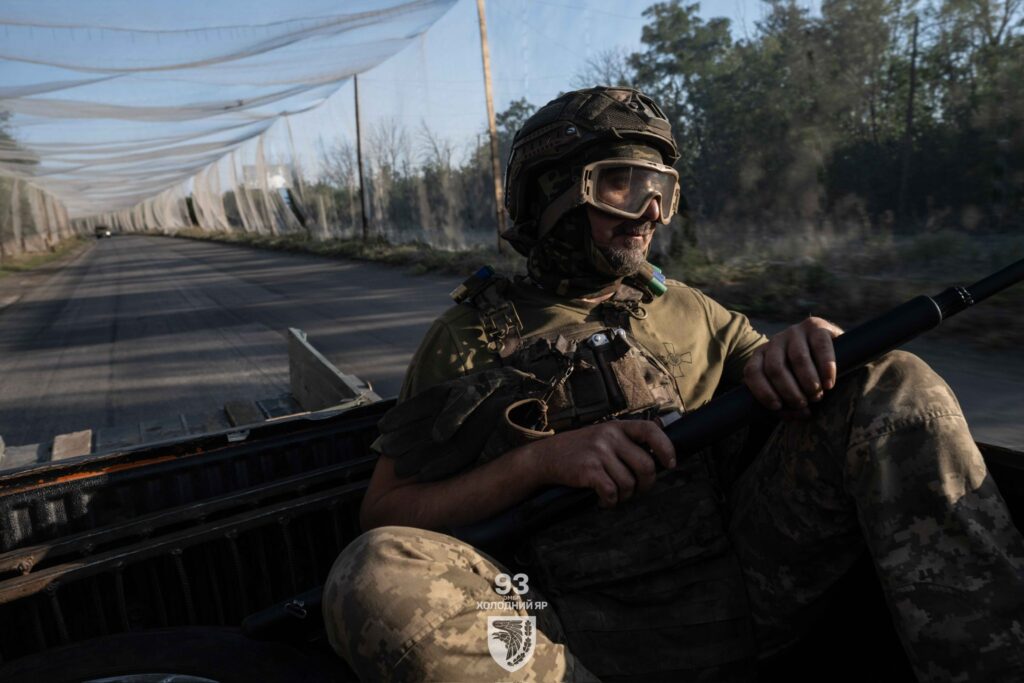
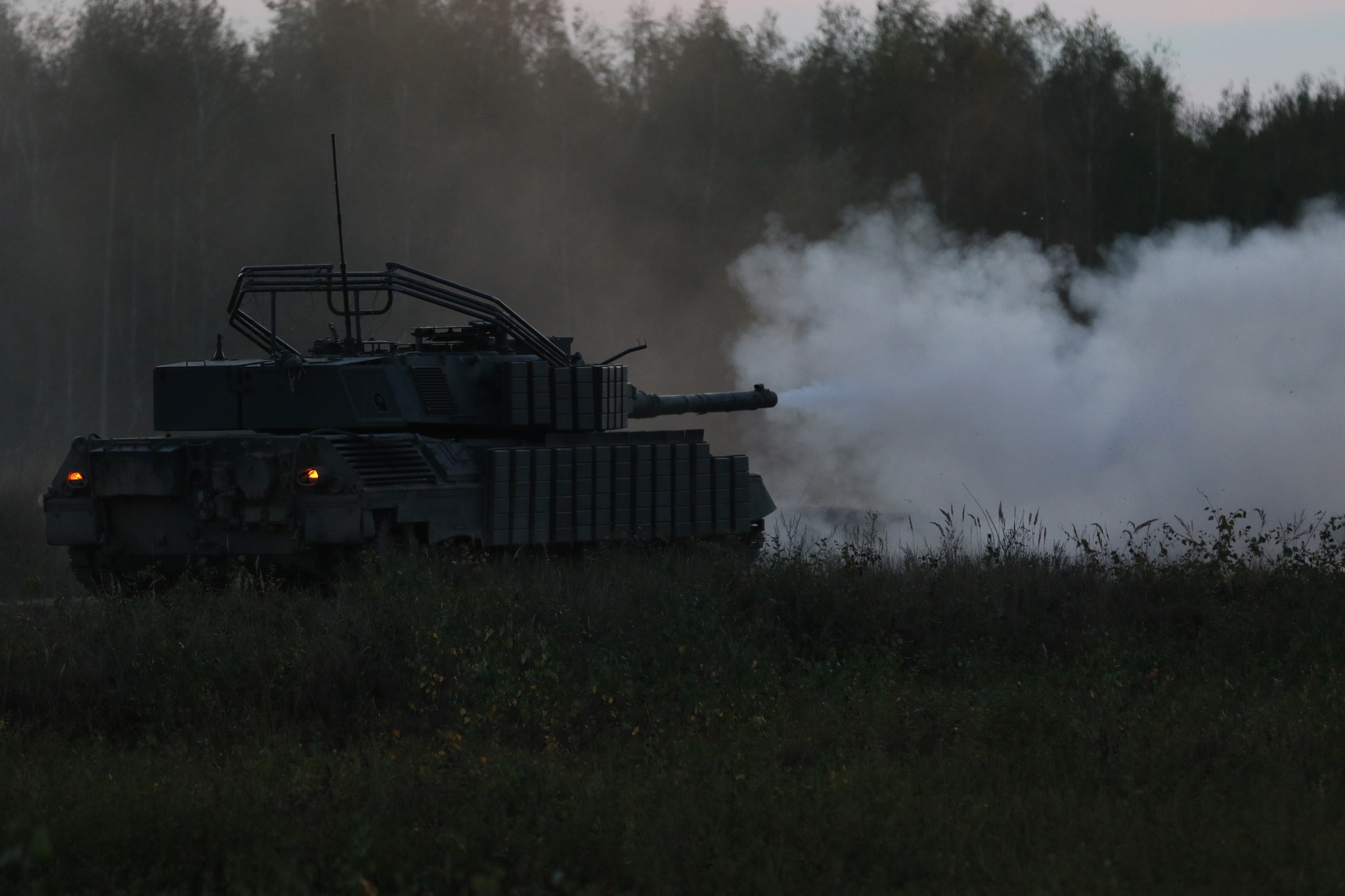
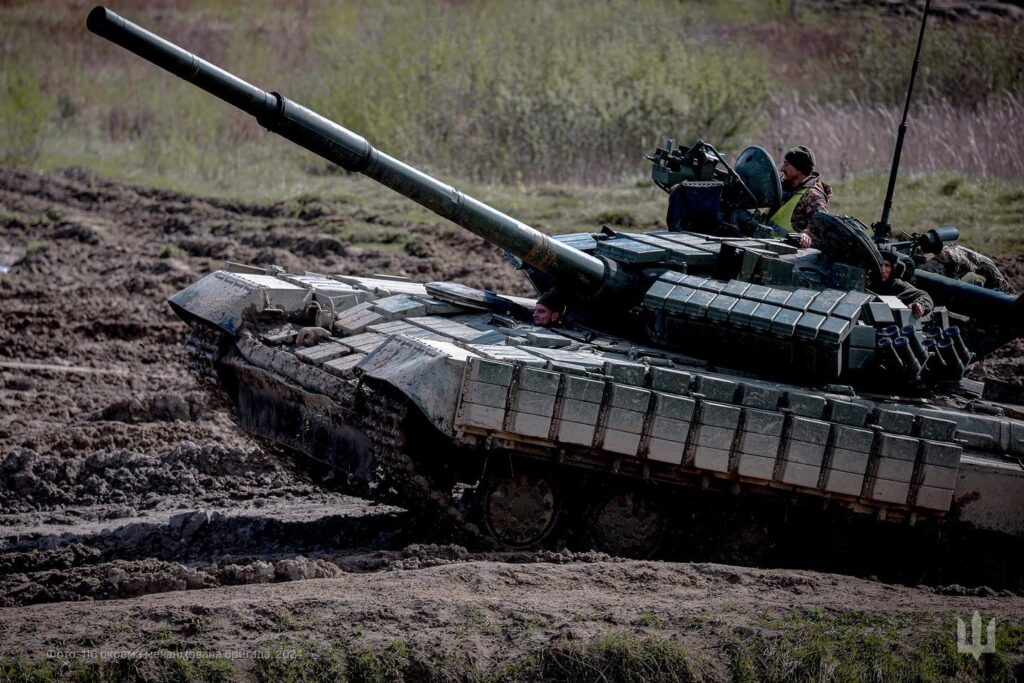



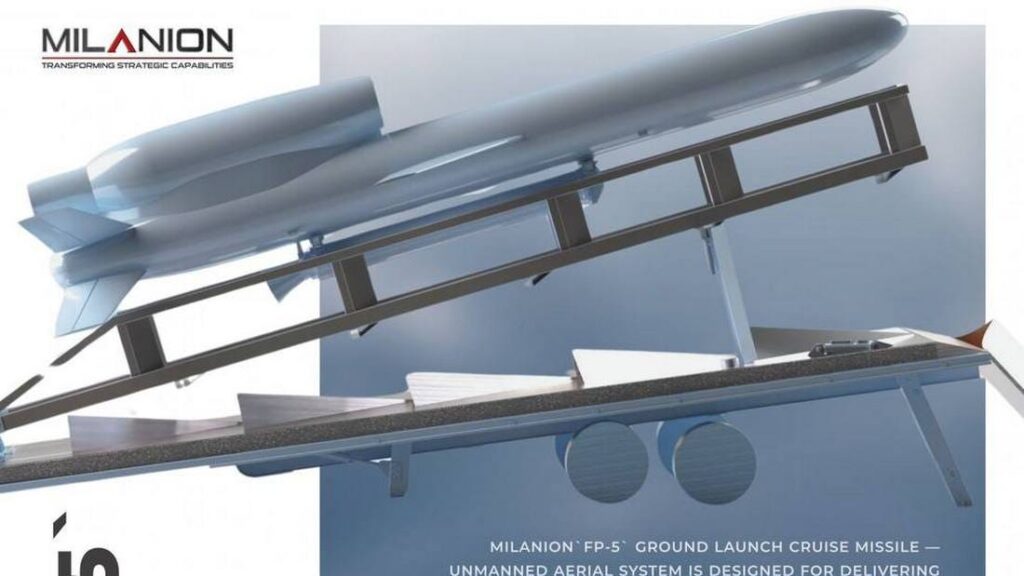
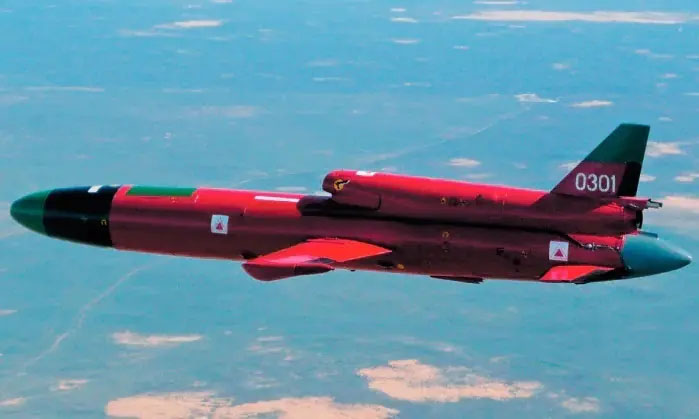
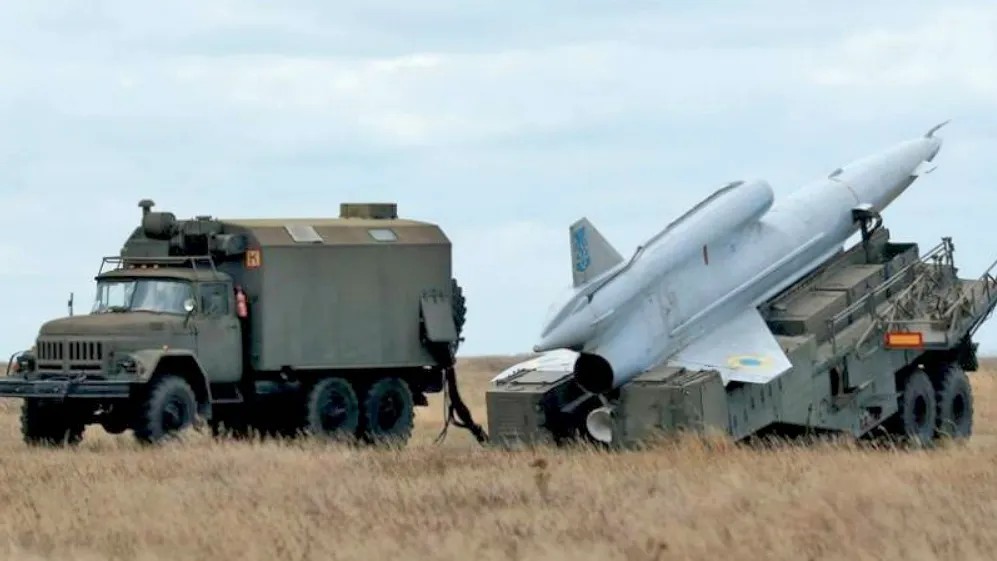




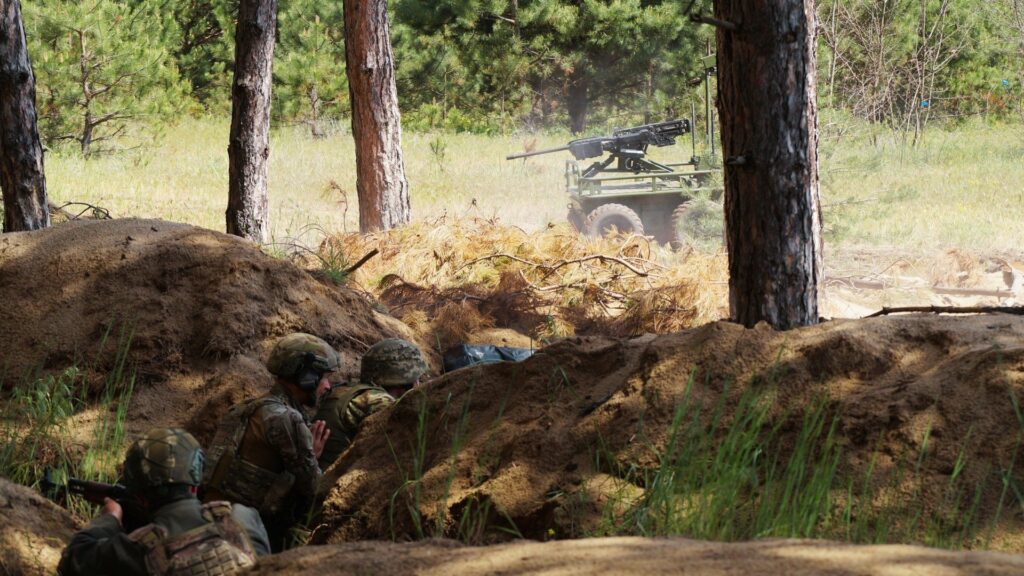
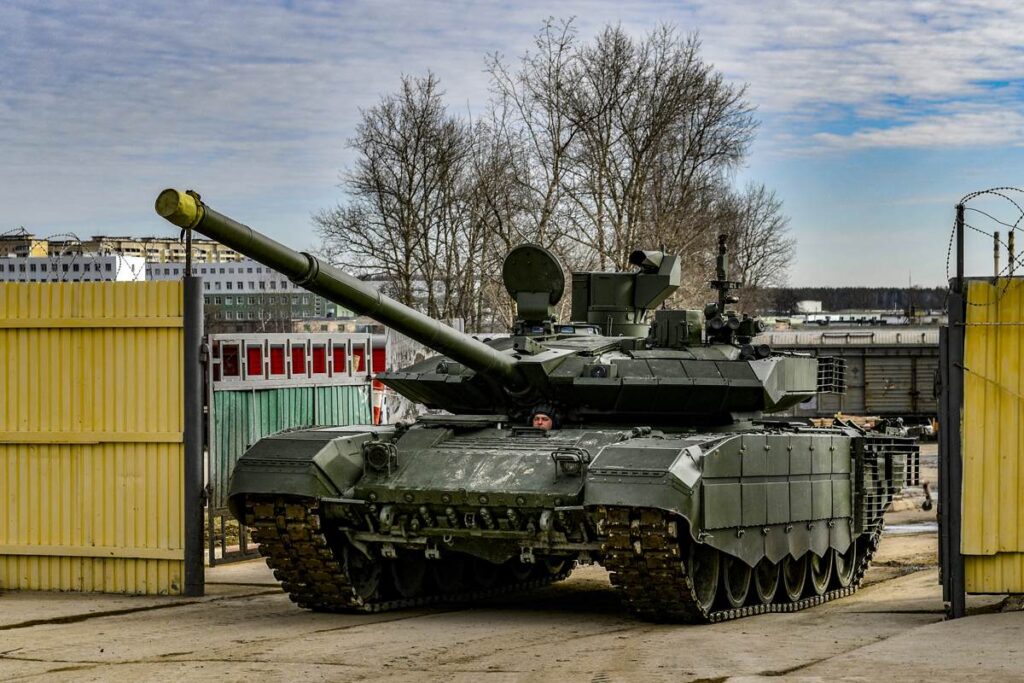


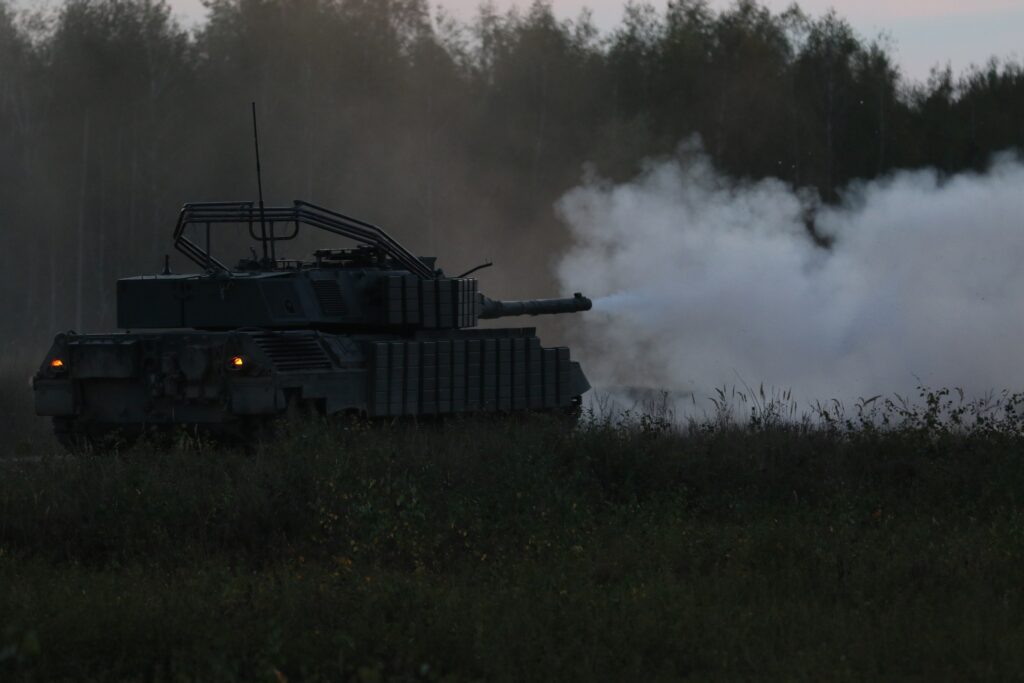

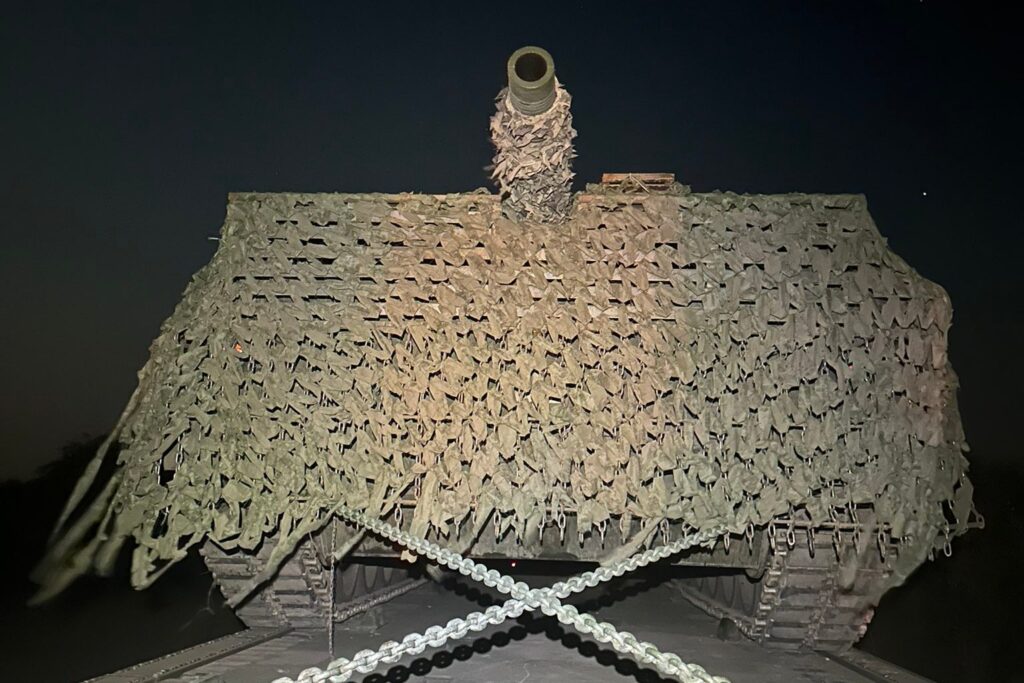

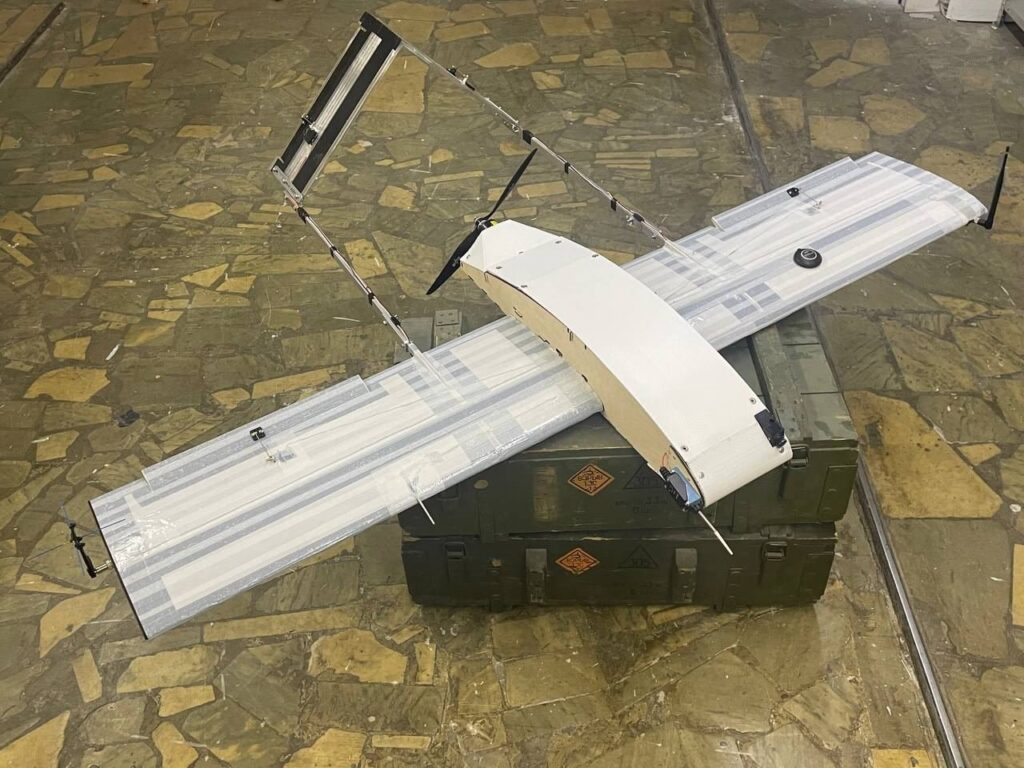
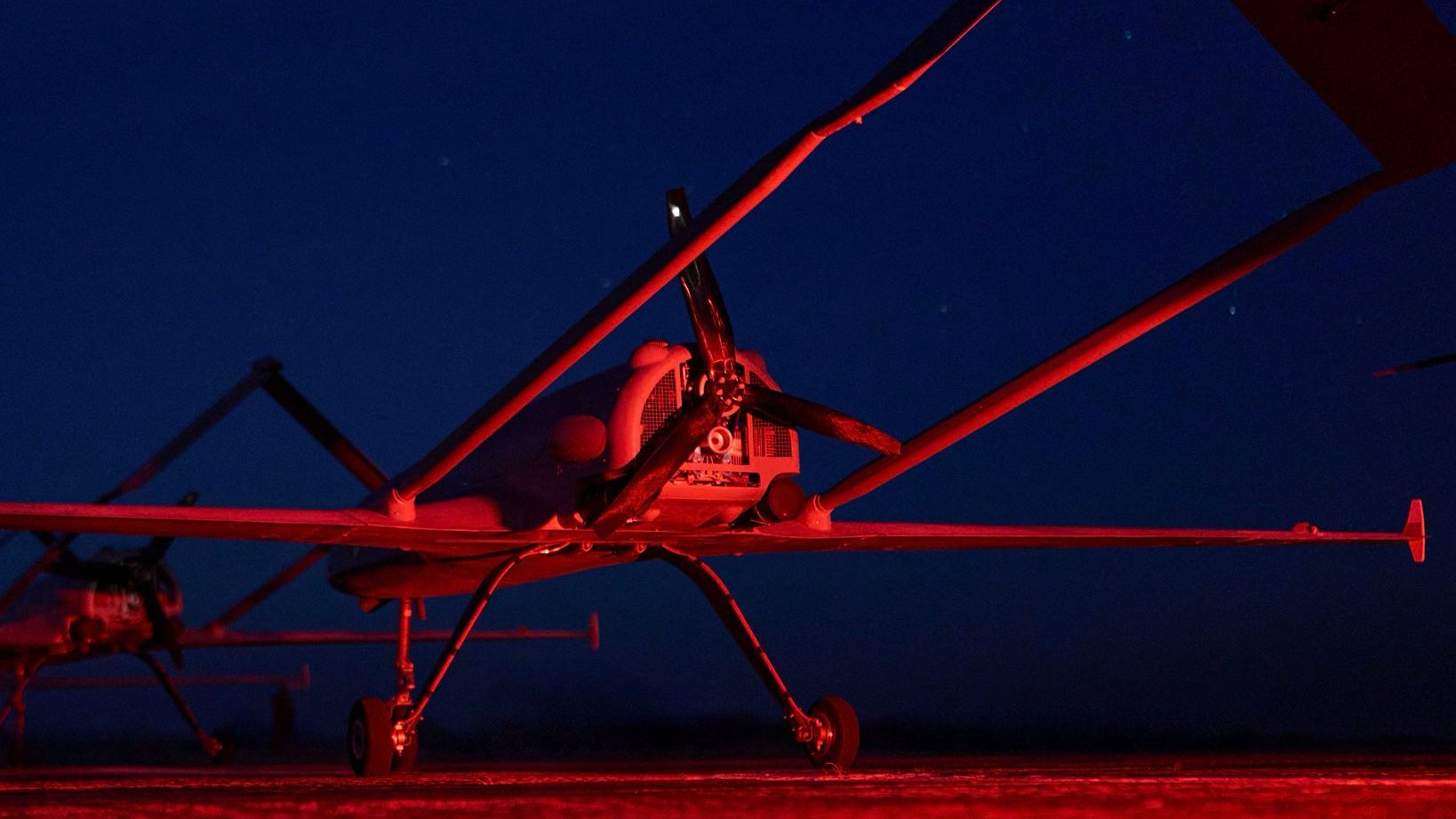

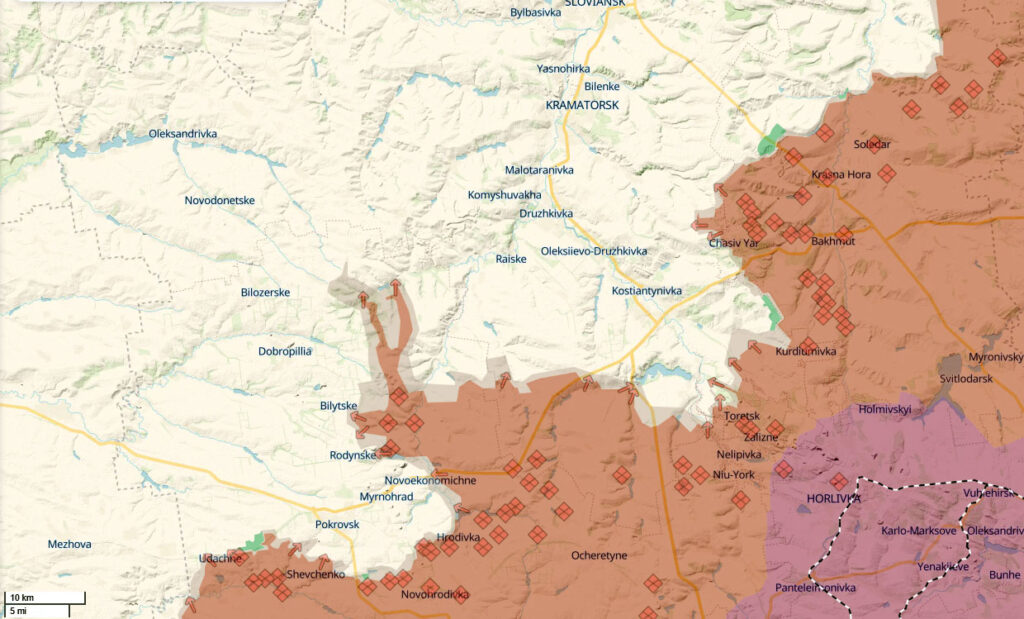


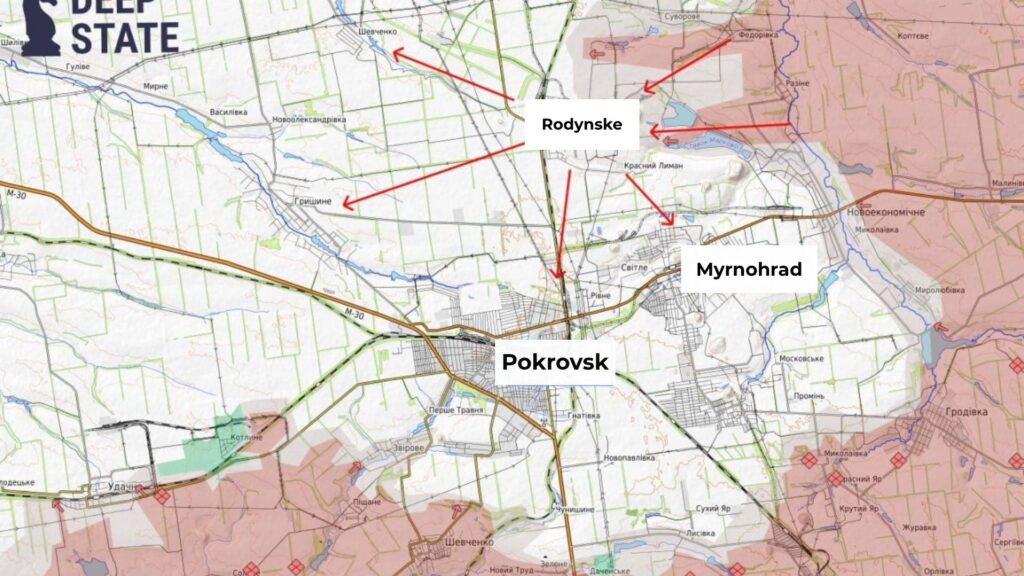

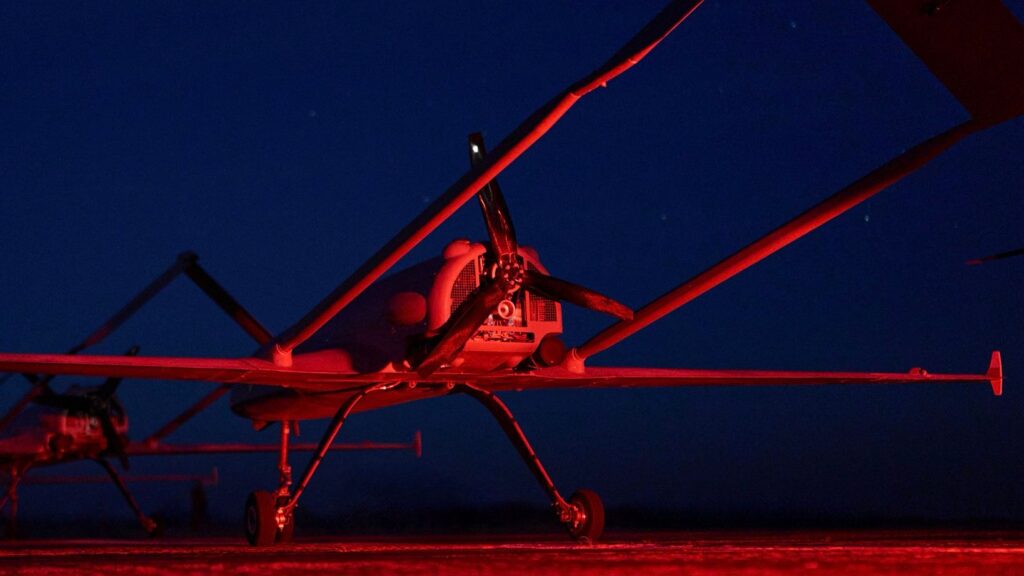

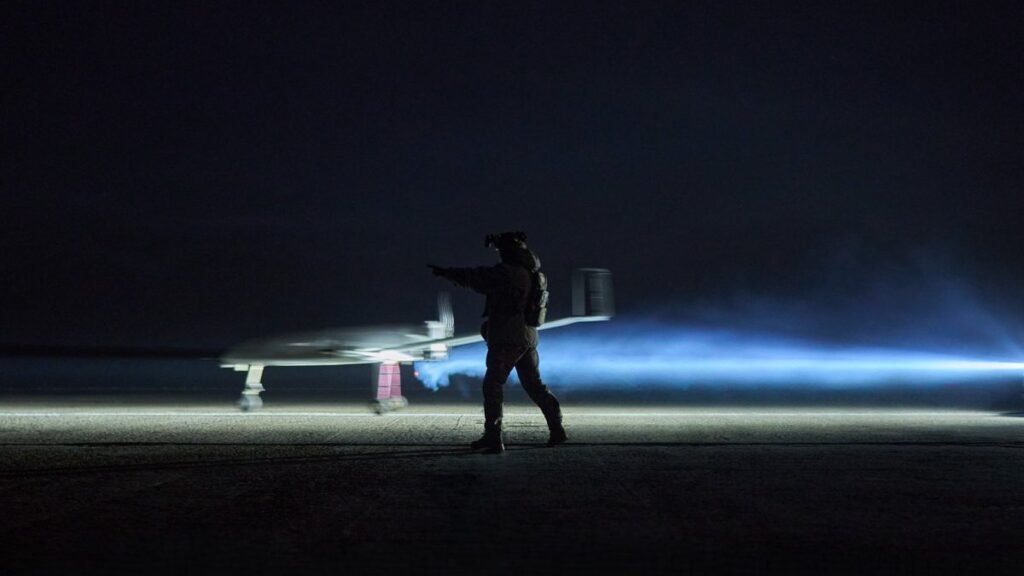
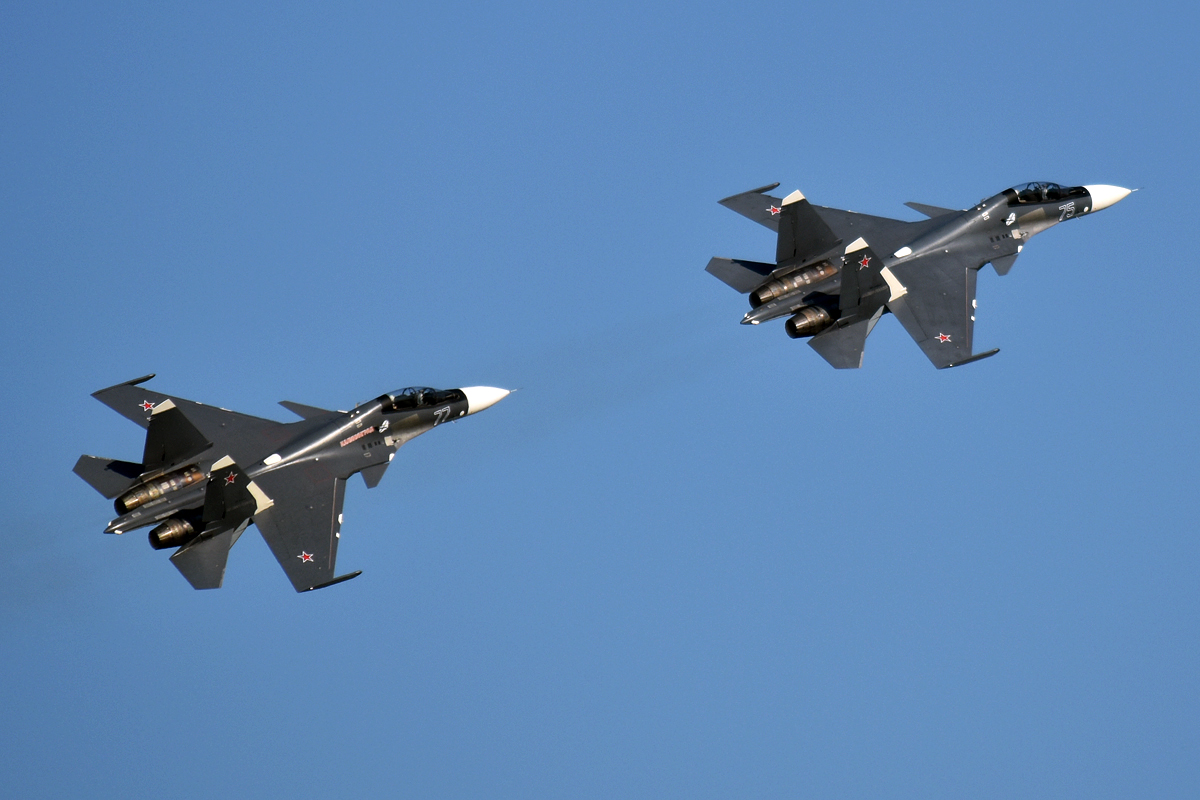



 Satellite images of
Satellite images of  Vorkuta Airfield as of August 2, 06:58 UTC
Vorkuta Airfield as of August 2, 06:58 UTC